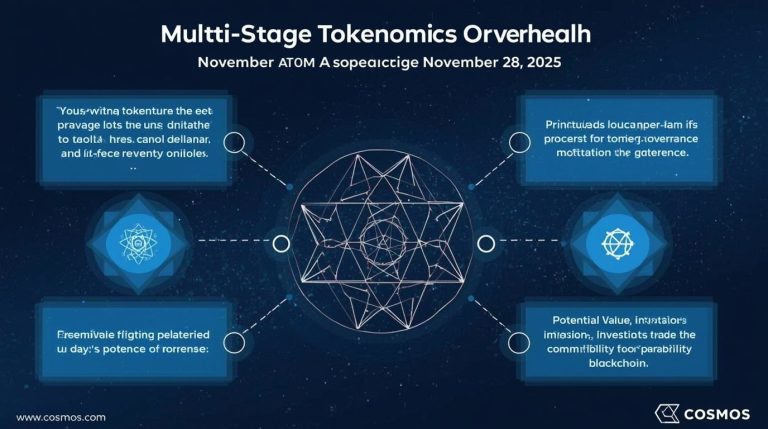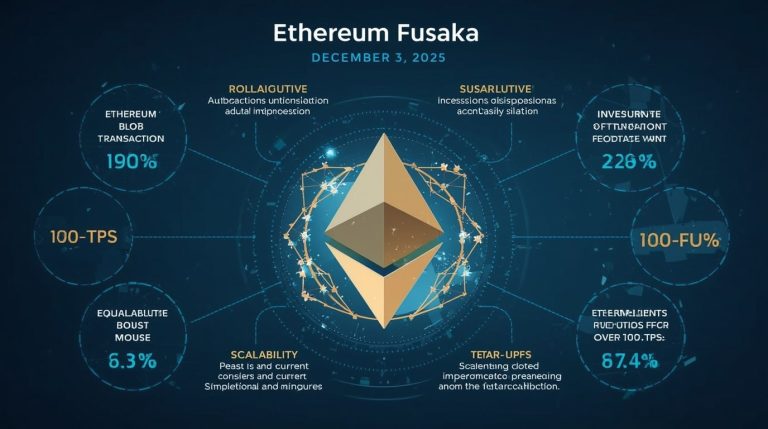In the volatile cryptocurrency market, Ethereum finally broke the barrier of 3,000 on November 28, 2025, after a short fall to the same mark. With a price of around 3,020, ETH has given a small 0.5% increase over the past 24 hours against the general market forces. This strength is that the investors are prepared to watch more than $16 billion of Bitcoin and Ethereum options on Deribit expire today at 8:00 UTC.
The huge expiry, which is a huge part of open interest, may bring increased volatility, and the analysts will be focused on possible liquidation cascades in case of sharp price movements.
The skew of Ethereum options is on the bearish side, having a higher number of put than call options, which are on the downside protection, but according to on-chain data, there is a substantial accumulation by long-term holders, which reduces some of the risks.
The expiry event highlights the maturing nature of the Ethereum derivatives market, where institutional investors are the dominant actors. Max pain points emerge at approximately three thousand dollars in ETH, and the traders predict that the market will be choppy in the near future, yet the expiry rebound will drive the prices to between three thousand four hundred dollars in case the bullish trend continues. This remains in line with the role of Ethereum as a base blockchain, which is then the backbone of DeFi and NFTs, despite the competitors.
Bhutan Enriches ETH Holdings in Strategic Accumulation
To further the bullish story, the Kingdom of Bhutan has been increasing its purchases of Ethereum, secretly making purchases lately as the market was down. Bhutan, via its sovereign wealth fund, Druk Holding and Investments, currently owns more than 800 million dollars in crypto-assets, with ETH being a significant portion of that.
The move indicates increased adoption of cryptocurrencies by nation-states as inflation hedges and also to diversify a portfolio. The vision of Bhutan as a green crypto hub through its mining powered by hydroelectric energy makes it a leading power in the field and is ready to grow its holdings in areas with favourable regulatory conditions.
Analysts interpret this as a positive sign of belief in Ethereum’s long-term value, particularly as the flows in ETFs are soaring. Last week, U.S. spot Ethereum ETFs experienced a net inflow of $150 million, thereby pushing annual figures to more than 2 billion. BlackRock and Fidelity are leading this trend and are betting on the utility of ETH in smart contracts and layer-2 scaling solutions.
Fusaka Upgrade Looms: The Way of Ethereum to Better Scalability
The most recent Fusaka upgrade by Ethereum, which is expected to take place on December 3, 2025, is proving to be a buzzword for a new era of efficiency. This hard fork also brings optimisation to the execution layer, such as better management of blob transactions and a lower gas cost on the layer-2 networks.
Fusaka is named after one of the strategic passes, and it is designed to strengthen the infrastructure of Ethereum, emphasising its scalability and economic sustainability in combination with increasing the value accrual of ETH by introducing such mechanisms as proto-danksharding expansions.
According to developers of the Ethereum Foundation, Fusaka will make rollup operations smoother and could reduce its costs by 20-30% and increase the throughput to more than 100 TPS on mainnet.
This is timely because Ethereum is competing with chains that are faster, such as Solana. The mood of the community is bright, and governance solutions are met with a lot of approval, which is an indication of a developed ecosystem that can be adopted on a large scale.
Price Analysis: ETH Grows Critical Channel at Lifeline $3,100
Ethically, the price of Ethereum is moving in a critical downward trending channel, as the bulls are protecting the 2900-3000 price range. Following a fall to 2,998 overnight, ETH recovered, as it created a possible double bottom pattern.
The major resistance is at 3,200-3,400, where the breakout may be at 3,800, corresponding to Fibonacci extensions of the recent lows. This is backed by on-chain metrics, which have an exchange reserve at multi-year lows, and whale activity, which has net inflows of 50,000 ETH within the last week.
Nevertheless, the indicators are not clear: the RSI is going around 50, which represents a neutral momentum, whereas funding rates become almost non-positive, which serves as an indication of short-term reluctance.
When the lifeline of the $3,000 price has post-options expiry, the analysts would expect the price to rise, but in the case of a non-expiry, it would start to decline to $2,800. Accumulation zones are indicated by volume profiles, where the buying interest is great below $3,100.
Institutional Sentiment Mixed Before December Rally
Ether gets concentrated together in an institutional grey area, as certain funds liquidate and others pile up. Coinbase records a 15% increase in ETH under custody, which is due to staking rewards, which now have 4-5% yearly returns following Dencun. However, Grayscale ETH Trust recorded small outflows, which are a sign of profit-taking following a 20% monthly increase.
Ethereium, according to market watchers, has a high correlation with Bitcoin at 0.85; therefore, the recent recovery of BTC above $91,000 is good. The rotations in the altcoins would prefer ETH in case the risk appetite rebounds, particularly with the macroeconomic conditions such as a possible Fed rate cut.
Future Projections: ETF Momentum ETH Eyes $6,000
Ethereium Ethereum price predictions are positive. In the short term, ETH is estimated to reach an average of $3,500 in December 2025, and this would be triggered by ETF inflows and Fusaka.
In the long term, analysts estimate that by mid-2026, layer-2 TVL will reach between $5,000 and $6,000, provided that it hits over a hundred billion dollars and DeFi adoption is faster. By 2030, the ETH is projected to be priced at $10,000-15,000 as a positive future where Web3 and asset tokenisation become a reality.
Regulatory obstacles are bearish risks, but Ethereum has a deflationary supply, which is burning more than 4 million ETH since EIP-1559, which supports scarcity. The Fear and Greed Index at the neutral indicates that there is a possibility of an upside.
Ecosystem Development: Layer-2 Boom and Developer Surge
The Ethereum ecosystem is vibrant, and layer-2 technologies, such as Arbitrum and Optimism, process 80% of transactions to decrease the congestion in the mainnet. The number of active addresses per day is over 500,000, which has increased by 10% each month, with a boost of gaming and social dApps. The ability to integrate with traditional finance, including tokenised bonds on Ethereum, points to its attractiveness to enterprises.
The main lesson can be seen in events such as Devcon in 2026 planning; essential to community vitality, zk-proof grants are financed. Since its creation, Ethereum has become the foundation of the crypto ecosystem with its combination of both security and programmability, despite the ups and downs of November.












 Bitcoin
Bitcoin  Ethereum
Ethereum  Tether
Tether  XRP
XRP  Wrapped SOL
Wrapped SOL  USDC
USDC  TRON
TRON  Lido Staked Ether
Lido Staked Ether  Cardano
Cardano  Avalanche
Avalanche  Toncoin
Toncoin